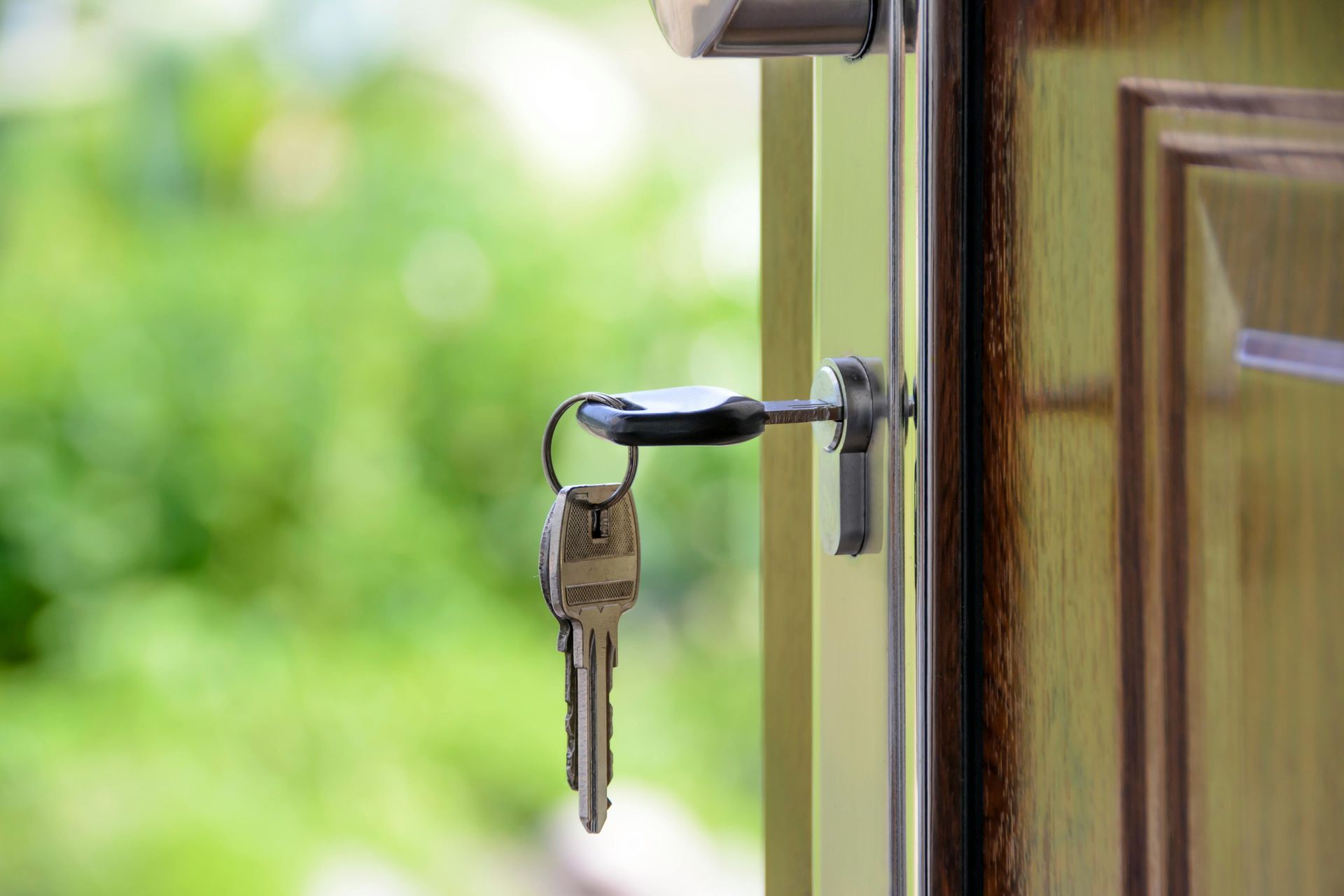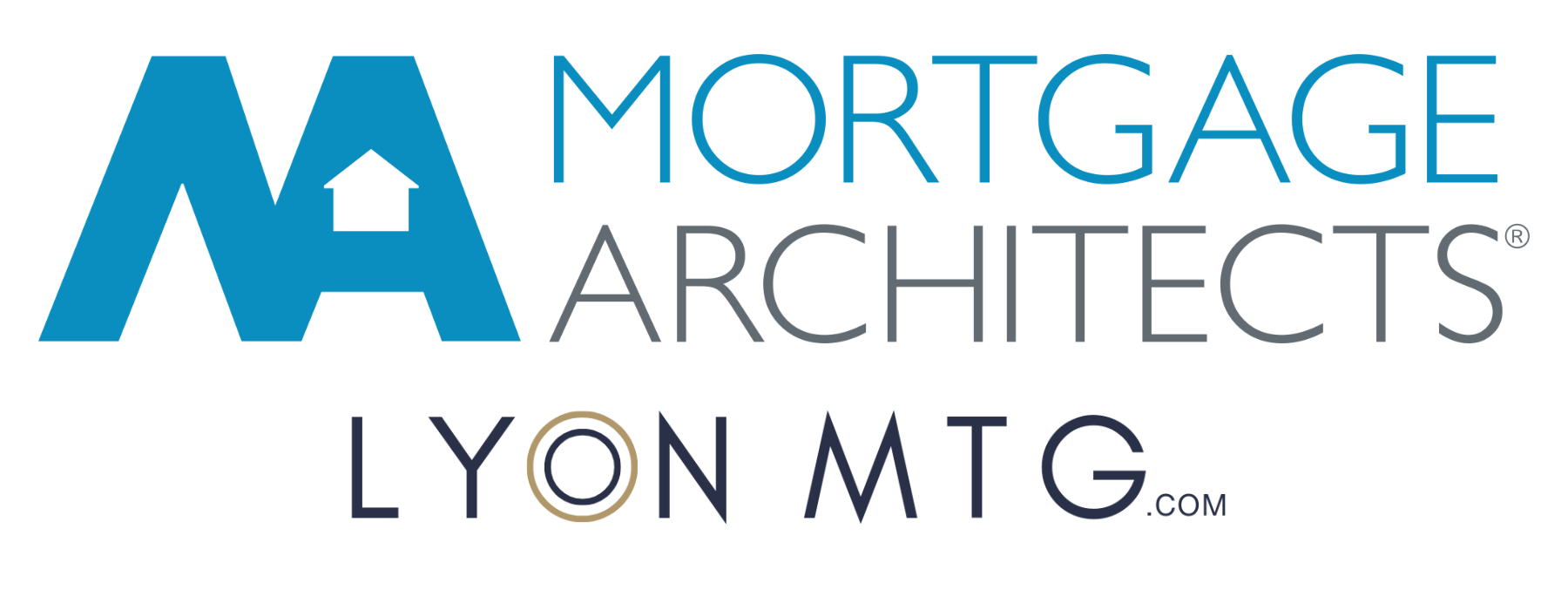From Summer Shine to Fall Fine: Smart Home Projects to Tackle Before the First Frost
Tim Lyon • August 28, 2025
As patios wind down and pumpkin spice ramps up, fall is the perfect reset for your home—and your homeowner game plan. These quick wins boost comfort, curb appeal, and efficiency now, and set you up for a low-stress winter (and a strong spring market).
1) Safety & “silent leak” checks (Weekend-ready)
- Clean gutters & downspouts. Add leaf guards where trees overhang.
- Roof scan. Look for lifted shingles, cracked flashings, or moss.
- Seal the shell. Re-caulk window/door trim; replace weatherstripping.
- Test alarms. New batteries for smoke/CO detectors; add one near bedrooms.
Why it matters: Prevent water intrusion and heat loss before storms roll in.
2) Heat smarter, not harder
- Furnace/boiler tune-up and filter change.
- Smart thermostat with schedules and geofencing.
- Draft hunt. Foam gaskets behind outlets, door sweeps on exterior doors.
ROI tip: Efficiency upgrades lower monthly bills and can improve lender ratios if you’re eyeing a refinance later.
3) Fall-proof your yard (so spring you says “thanks”)
- Aerate + overseed + fall fertilize for thicker turf next year.
- Trim trees/shrubs away from siding and power lines.
- Mulch perennials and plant spring bulbs now.
- Shut off/bleed exterior taps and store hoses to avoid burst pipes.
4) Extend outdoor season (cozy edition)
- Portable fire pit or propane heater + layered blankets.
- Path/step lighting for darker evenings (solar or low-voltage).
- Weather-resistant storage for cushions/tools to preserve value.
Neighborhood curb appeal: Warm lighting and tidy beds make a big first impression if you list in shoulder season.
5) Water management = winter peace of mind
- Re-grade low spots and add downspout extensions (2–3+ metres).
- Check sump pump (and backup).
- Look for efflorescence or damp corners in the basement.
6) Mini-renos that punch above their weight
- Entry/mudroom upgrade: hooks, bench, boot trays, closed storage.
- Laundry room tune-up: counter over machines, sorting bins, task lighting.
- Kitchen refresh: new hardware, tap, and under-cabinet lighting in one afternoon.
Budget guide: Many of these land under a micro-reno budget—perfect for a modest line of credit.
7) Indoor air quality tune-up
- Deep clean vents and dryers (including the rigid duct).
- Add door mats (exterior + interior) to catch grit/salt.
- Houseplants or HEPA purifier for closed-window months.
Fast Timeline (pin this to the fridge)
Late August–September
- Gutters/downspouts, roof/caulking, HVAC service, lawn care, plant bulbs, exterior tap shut-off plan, path lighting.
October
- Weatherstripping/sweeps, fire pit setup, organize mudroom/garage, test alarms, sump check, downspout extensions, dryer vent cleaning.
Financing smarter: make your mortgage work for your home
- Annual mortgage check-in. As rates, income, and goals evolve, a quick review can free up cash flow or open options for a small fall project budget.
- HELOC vs. top-up refinance. For bite-size projects, a HELOC can be flexible. For bigger renos you plan to pay down, a top-up refi might make more sense.
- Bundle & prioritize. Knock out the high-impact, low-cost items first (air sealing, safety, water management) before the cosmetic upgrades.
Not sure which route fits your fall plans? We’ll run the numbers and map the best financing path for your specific budget and goals.
Quick Checklist (copy/paste)
- ☐ Clean gutters/downspouts; add guards
- ☐ Roof & flashing visual check
- ☐ Re-caulk, weatherstrip, add door sweeps
- ☐ HVAC service + new filter
- ☐ Aerate/overseed/fertilize; trim trees; plant bulbs
- ☐ Path & entry lighting
- ☐ Drain/bleed outdoor taps; store hoses
- ☐ Downspout extensions; sump test
- ☐ Dryer vent cleaning
- ☐ Mudroom/garage organization
- ☐ Schedule mortgage review / discuss HELOC vs refi
Ready to make fall your low-stress season?
Book a quick fall mortgage check-up—15 minutes to see if a small credit line or a tweak to your current mortgage could cover your priority projects without straining cash flow.

If you own a property with a mortgage, you've probably heard the terms "renewal" and "refinance" thrown around. While both involve obtaining a new term for your mortgage, there are some important differences to understand. Let's break down what each one means and when you might use them. Understanding Mortgage Basics In Canada, when you take out a mortgage, the payments are typically spread over 25 to 30 years. This period is known as the amortization. However, unlike in the U.S., Canadians do not keep the same interest rate and payment terms for the entire amortization period. Instead, you have an initial term, usually 3 to 5 years, after which you need to renew into a new term. For example, if you have a 25-year mortgage with 5-year terms, you will need to renew your mortgage four times throughout its lifespan. It's also common to have a mix of different term lengths over the course of your mortgage. What is a Mortgage Renewal? A mortgage renewal occurs at the end of your mortgage term. When you renew, you start a new term with a new interest rate while keeping the remaining details of your mortgage the same. The key element here is that the mortgage charge registered on your property's title remains unchanged. A renewal is straightforward and typically does not involve any significant changes to your mortgage agreement other than a new interest rate. Think of it as hitting the "continue" button on your mortgage, but at new rates. What is a Mortgage Refinance? A mortgage refinance is different. When you refinance, you are making changes to your original mortgage agreement. This means paying off your existing mortgage and registering a new one on your property's title. Essentially, you are taking out a completely new mortgage for the same property. People commonly refinance to: Access the equity in their home for investments or major purchases Consolidate high-interest debt into their lower-rate mortgage Extend the amortization period to reduce monthly payments and improve cash flow Make significant changes to their mortgage structure It's important to note that refinancing is not allowed for insured properties (those with less than a 20% down payment at purchase). This means the maximum loan amount in a refinance is 80% of your property value. What About Switching Lenders? If you want to keep everything the same but switch lenders for a better rate, this is known as a transfer. A transfer is a type of renewal where the original mortgage charge is transferred from one lender to another. Depending on the lenders involved, you might be able to make minor changes (like extending the amortization or changing borrowers) without needing a full refinance. Why Timing Matters Your mortgage maturity date is when your current term ends. This is the ideal time to either renew or refinance. If you refinance or switch lenders before the maturity date, you will face a prepayment penalty. If you refinance, renew or transfer at maturity, there is no penalty. Real-World Example A homeowner with a $450,000 mortgage is reaching the end of their 5-year term. Their lender offers a renewal rate, but they also have $40,000 in high-interest credit card debt. Option 1: Renewal They accept the new term. Their mortgage stays the same. Their debt remains separate at high interest rates. Option 2: Refinance at Maturity They consolidate the credit card debt into the new mortgage. Their total monthly payments drop significantly, even after accounting for the new mortgage balance. In this situation, refinancing provides better cash flow and a simpler payment structure. Quick Summary Mortgage Renewal: Starts a new term for your existing mortgage Mortgage charge on your title stays the same Keeps all other terms the same aside from interest rate Can switch lenders at renewal through a transfer No penalty when done at maturity Mortgage Refinance: Pays off current mortgage and creates a new one New mortgage charge registered on your title Often resets the amortization period Can access equity or make structural changes Maximum 80% of property value for uninsured mortgages Incurs penalty if done before maturity Next Steps Understanding the difference between renewal and refinance helps you make informed decisions about managing your mortgage. If you have a renewal coming up or are considering accessing your home equity, now is a good time to explore your options. Whether you're looking to renew, refinance, or switch lenders, I'm here to help you navigate the process and find the best solution for your situation. Need help with your mortgage? Book a consultation or call 778-988-8409 . Glossary Amortization: The total time period over which you'll pay off your mortgage, typically 25-30 years in Canada. Insured Mortgage: A mortgage where the down payment was less than 20%, requiring mortgage default insurance to be added. Maturity Date: The end date of your current mortgage term, when you need to renew or refinance. Mortgage Charge: The legal registration of your mortgage on your property's title. Pre-payment Penalty: A fee charged by your lender if you pay off your mortgage before the end of your term. Refinance: Replacing your existing mortgage with a new mortgage, often with different terms or to access equity. Renewal: Starting a new term for your existing mortgage, typically just updating the interest rate. Term: The length of time your current mortgage contract is in effect, typically 3-5 years in Canada. Transfer: Moving your mortgage from one lender to another at renewal without changing other terms.

If you're buying a home with less than 20% down, you'll need something called an insured mortgage. Many borrowers find this confusing at first, especially since it doesn’t refer to insurance for you, the borrower. That’s why I have put together this straightforward breakdown so you understand what insured mortgages are, why they exist, and how they affect your purchase. What Is an Insured Mortgage? A mortgage must be insured when a borrower makes a down payment of less than 20% on a home purchase. The insurance protects the lender (not the borrower) in case the borrower defaults. The insurance is guaranteed by the federal government. So, why do we have this program? It allows borrowers to buy homes with smaller down payments and higher loan-to-value (LTV) ratios. Higher loan-to-value mortgages are inherently more risky because there is not much cushion if the housing market starts to decline. For example, if someone buys a $500,000 home with only 5% down ($25,000), they’ll need a $475,000 mortgage—this is a 95% LTV . If the market drops and the home’s value falls to $470,000, the mortgage would still be $475,000. If the borrower stopped making payments, the lender could lose money after selling the home and paying costs. That kind of loss, multiplied across thousands of borrowers, could threaten the stability of the entire banking system (as we saw in the U.S. in 2008). The mortgage insurance system is designed to prevent that scenario by spreading risk and keeping lenders protected. How Does the Insurance Work? You, the borrower, pay the insurance premium. It's typically added directly to your mortgage balance rather than paid upfront. The cost depends on your down payment size and amortization. Example: Purchase price: $500,000 Down payment: $25,000 (5%) Mortgage amount: $475,000 Insurance premium: 4.2% = $19,950 Total new mortgage: $494,950 The insurance does add cost, but insured mortgages usually offer slightly lower interest rates because the lender's risk is minimal. The rate savings don't fully offset the premium, but they help. The Insurer’s Role For insured mortgages, the insurer’s approval is the most important part of the process. If the insurer won’t approve the file, no lender can. Once the insurer signs off, we can typically find a lender to fund the loan. Canada has three mortgage insurers: CMHC (public) Sagen (private) Canada Guaranty (private) All of the insurers are backed by government guarantees and have to follow similar rules, but each has a few unique programs. Lenders usually choose the insurer, though I sometimes work with them to send a file to a specific insurer if it benefits the borrower. Qualification Rules Because insured mortgages are government-backed, the rules are strict: Debt ratios: 39% of your income can go toward your stress-tested mortgage payment, property taxes, heat, and half of condo fees 44% of your income can go toward the above plus your other debts Down payment: 5% on the first $500,000, 10% on the remainder Maximum purchase price: $1.5 million Amortization: Maximum of 25 years for most buyers; up to 30 years for first-time buyers who qualify under the new federal program Unlike with an uninsured mortgage, where lenders may have some flexibility if your income ratios are slightly above the limits, there is no discretion on an insured mortgage. If your ratios exceed the limits even a little bit, the insurer will decline the application. The Approval Process The process is similar to an uninsured mortgage, with one extra step: We submit your mortgage application to the lender of choice They do their initial review If that looks good, they package it up and send it to the insurer Once the insurer has reviewed and approved it, the file comes back to the lender for final review and approval Common Misunderstandings About Insured Mortgages Many borrowers are surprised to learn the following facts about insured mortgages: You do not need to be a first-time homebuyer to buy with less than 20% down You cannot buy an investment property with less than 20% down You can buy a second home with less than 20% down You cannot refinance an insured mortgage and keep the insurance. If you have an insured mortgage and do refinance, you will lose the insurance. This mostly affects the lender, but it also moves you to uninsured rates. Why Choose an Insured Mortgage? Given the cost and restrictions, why would anyone choose an insured mortgage? The main reason is accessibility . It allows you to buy a home without saving a full 20% down payment, which is increasingly difficult with high home prices and living costs. It can also be a strategic choice. Some buyers prefer to keep more of their savings invested or diversified instead of tying everything up in a down payment. If your investments are earning more than your mortgage costs, keeping that money invested might make financial sense. Real-World Example Let's say you're buying a $600,000 home. Here's how the costs compare between the minimum down payment for an insured mortgage and the minimum down payment for an uninsured mortgage:



